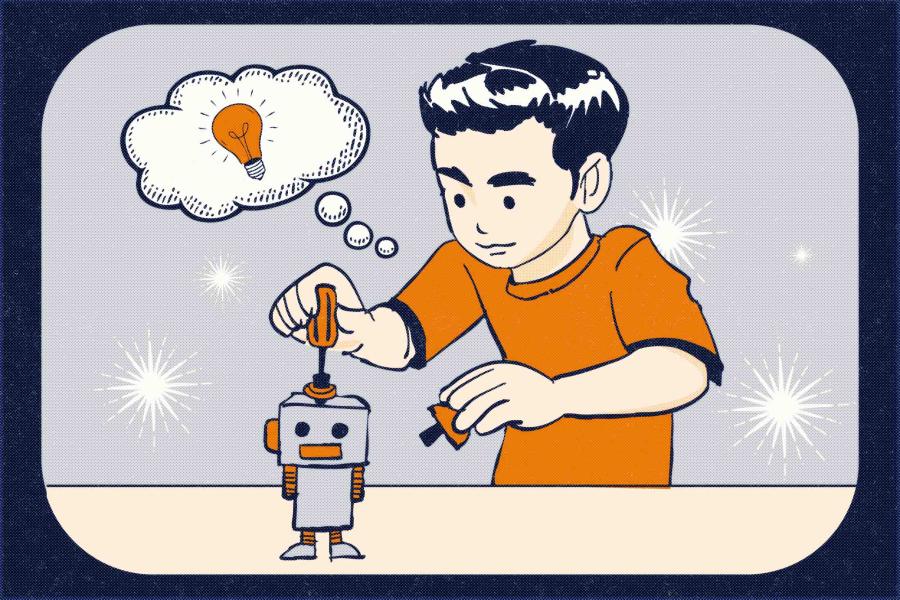As students and families gear up for the fall semester, back-to-school shopping is in full swing. College families are expected to spend an average of $1,325.85 on clothing, shoes, school supplies and electronics to prepare students for the new school year, according to the National Retail Federation. But how they make those purchases is shifting dramatically.

University of Virginia Darden School of Business professor Luca Cian studies how people interact with technology in daily life. (Contributed photo)
Online shopping used to mean browsing multiple sites, comparing options and making careful choices. Now, artificial intelligence is stepping in as a trusted adviser, filtering choices and often serving as the first stop for shoppers. Nearly 60% of consumers say they’ve used AI to assist with purchases, and almost half trust it more than a friend when picking out what to wear, according to recent Bloomreach surveys.
University of Virginia Darden School of Business professor Luca Cian has been closely following the evolution of consumer behavior. The behavioral scientist and marketing expert studies how people perceive and interact with technology in daily life. His recent research shows AI is transforming how we shop.
UVA Today spoke with Cian to learn how AI is reshaping the way consumers browse, buy and make decisions.
Q. What makes these changes in consumer behavior so important?
A. We’re not just seeing the emergence of new tools; this is a fundamental transformation in how people make decisions. Consumers are increasingly offloading the mental burden of choice to AI, while still keeping the final say. I call this “augmented decision-making.”
That shift compresses the traditional customer journey. With nearly 77% of people saying AI helps them make faster decisions, the old marketing funnel doesn’t really apply anymore. Influence now has to happen earlier, faster and more intuitively.
Q. Why do you think AI tools have gained traction so quickly with shoppers?
A. The key is how naturally AI fits into behaviors people already have. These tools don’t force us to adopt something entirely new; they improve familiar habits. In particular, they help cut through choice overload and boost confidence in decision-making.
Combine that with the digital acceleration sparked by the pandemic, and we’ve hit a sweet spot: high value, low friction. That’s why AI is having such a big moment in retail and beyond.
Q. A recent report says 46% of consumers trust AI more than a friend for outfit advice. What does that tell us about changing perceptions of trust and objectivity?
A. It reveals a shift in how people define “honest” advice. Friends may soften their feedback to spare our feelings. AI doesn’t do that. It doesn’t have emotions or social motivations. People see that as a kind of objective honesty, especially when making decisions where emotional bias could interfere.
That said, this trust is contextual. People might welcome AI’s opinion on style, but they’re not ready to hand over deeply personal or emotional decisions. It’s a nuanced, situational kind of trust.
Q. From a marketing perspective, how should brands respond to this demand for AI-driven, conversational capabilities?









